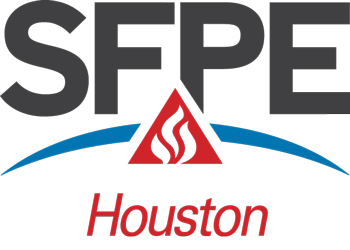SFPE Meeting
11:00 AM Social, 11:30 AM Meal and Meeting
June 19, 2013
Saltgrass Steakhouse
8943 Katy Freeway
Houston, TX
Combustible Catastrophe Related Fire Precursors to Catastrphe
JOHN ASTAD, DIRECTOR/PROCESS SAFETY ANALYSIS COMBUSTIBLE DUST POLICY
Mr. Astad attended UH-CL with a B.S. Business and Public Administration, majoring in Environmental Management. John has contributed many informative articles on combustible dust fires and explosions in conjunction with presenting at numerous conferences and workshops internationally. Mr. Astad is currently researching the prevalence of non-consequential combustible dust fires, which are precursors to secondary catastrophic educating explosions. He is dedicated to educting stakeholders in the prevention and mitigation of combustible dust fires and explosions in the workplace.
PRESENTATION ABSTRACT
Combustible dust related fire and explsion hazards are omnipresent throughout the manufacturing and non-manufacturing sectors. Subsequently, since 2009 OSHA has been developing a combustible dust standard for general industry though a rulemaking process in conjunction with recommendations from the U.S. Chemical Safety Board (CSB) following several catastrophic combustible dust accidents. A problem arises in the OSHA rulemaking process where a multitude of non-consequential "near recognized combustible dust related fires are not recognoized as Institute to catastrophe.
The Combustible Dust Policy Institue recently analyzed National Fire Incident Reporting System (NFIRS) 2011 incident data obtained from the U.S. Fire Administration's National Fire Data Center which provided illuminating insight into the magnitude of combustible dust related fires where dust was the item first ignited in manufacturing facilities. Utilizing key data elements from NFIRS data such as area of origin, equipment involved in ignition, heat sources, factors contributing to ignition, etc. provide an indepth understanding in the development of cost effective administrative and engineering control measures in the incidents. and mitigation of future combustible dust incedents.

